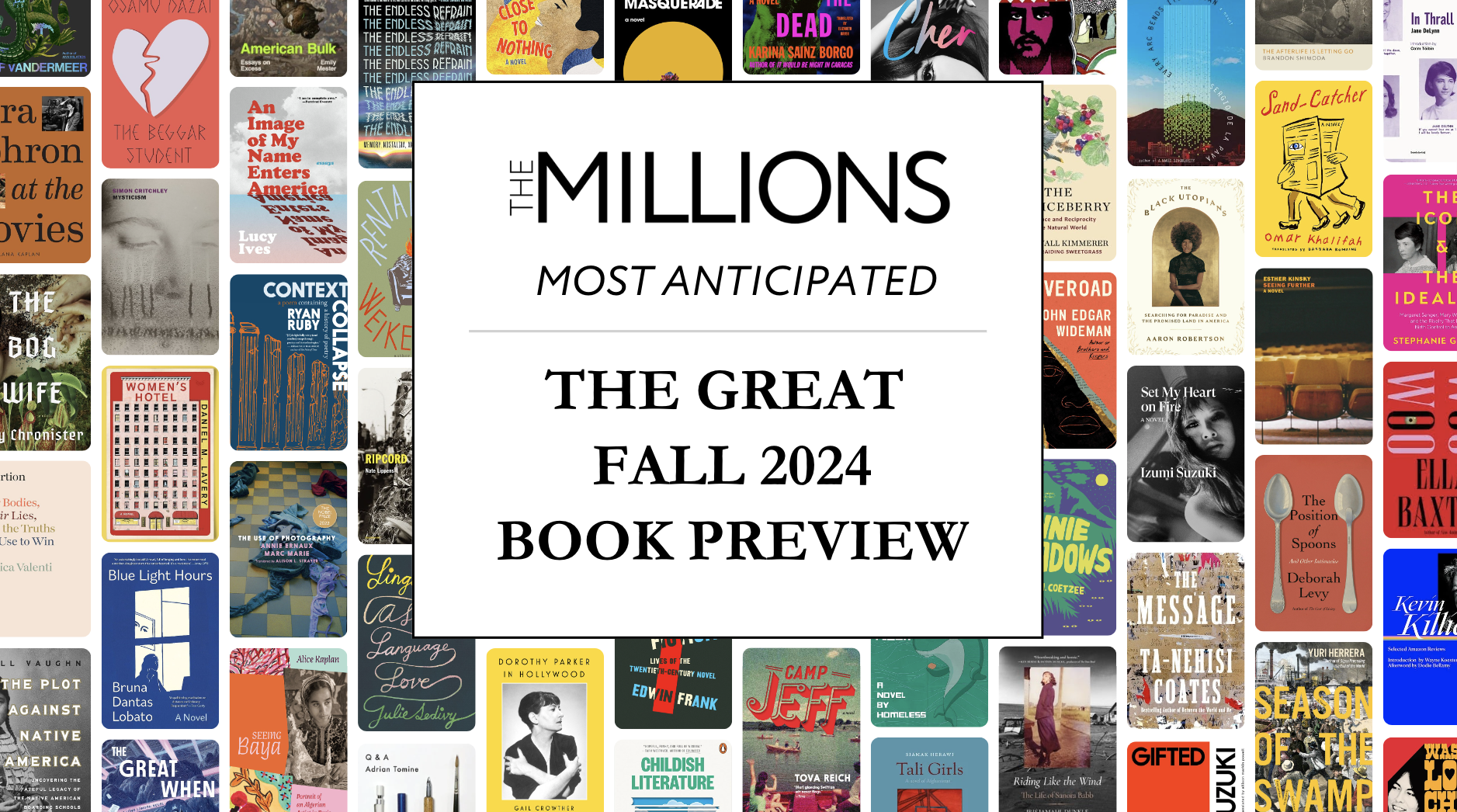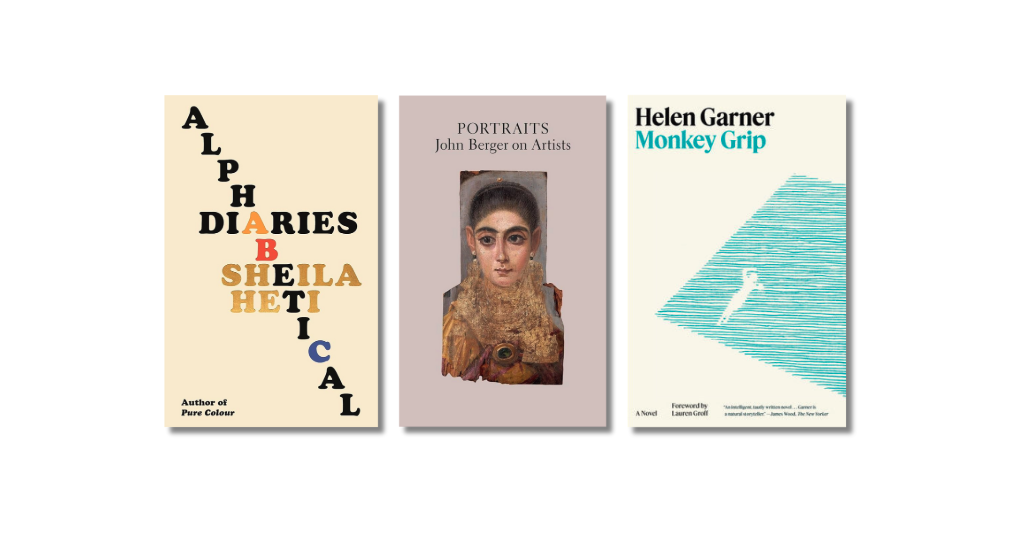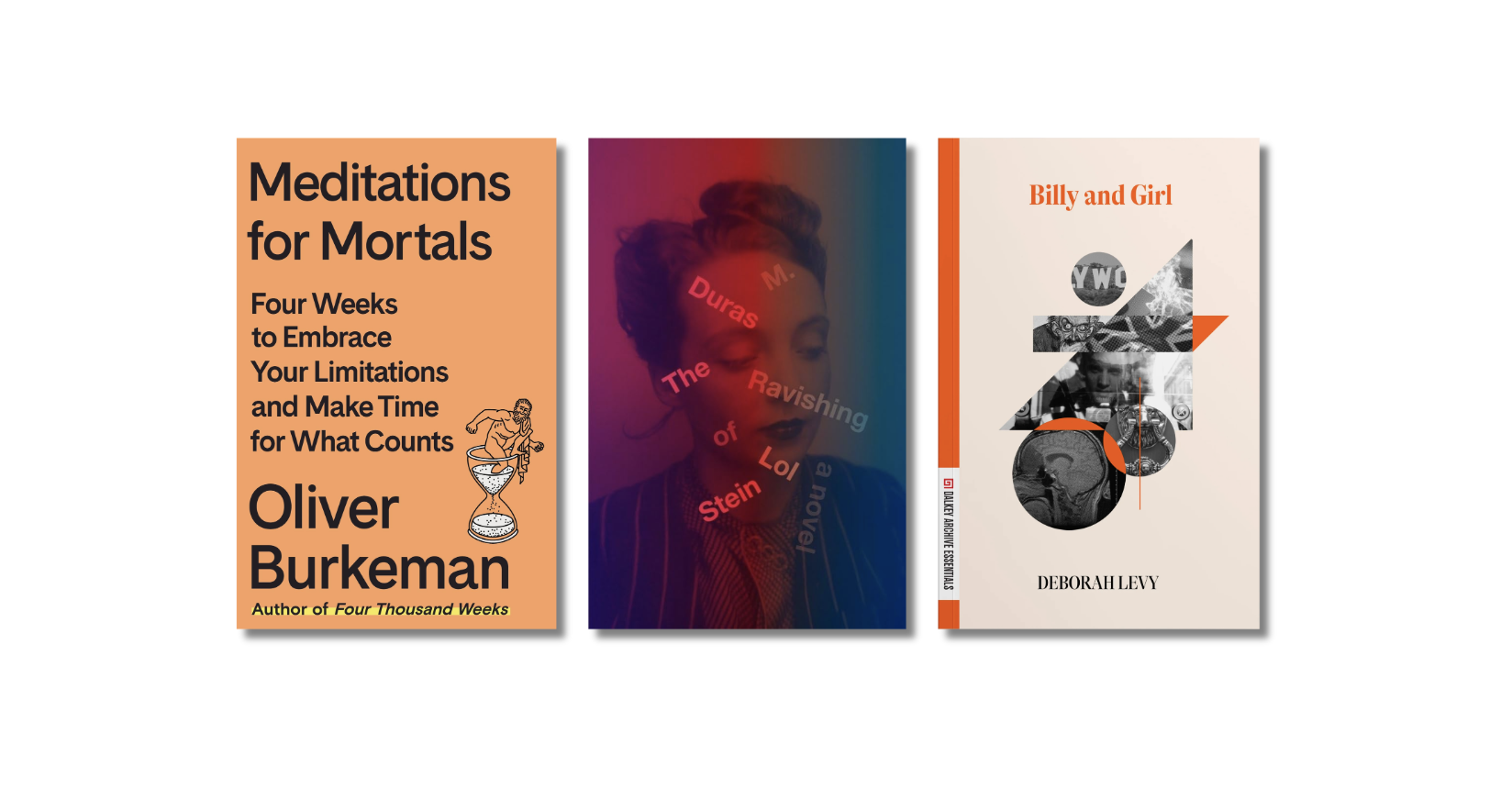South Florida readers! Assuming you’re done voting by now, you should make next week’s Miami Book Fair International a priority. Afterward, you can go celebrate thirty years of Books & Books, the jewel of Coral Gables. (And perhaps to warm up for it all, you can read my review of Tom Wolfe’s Back to Blood.)









